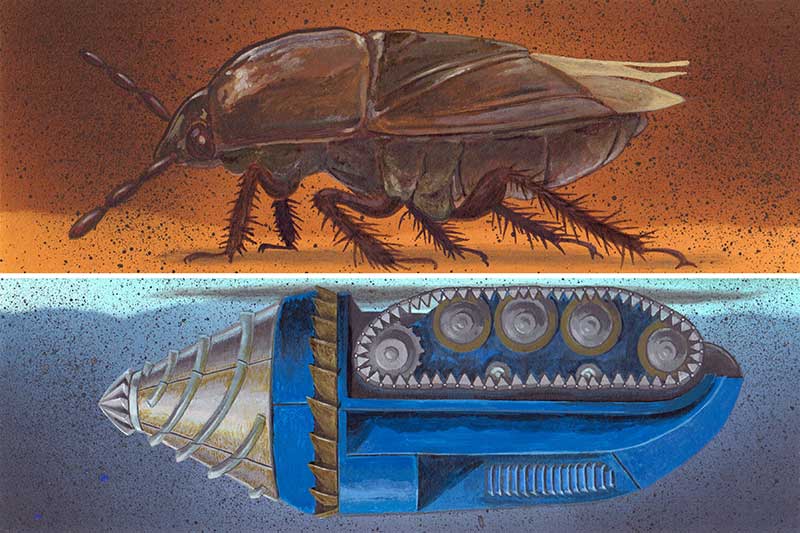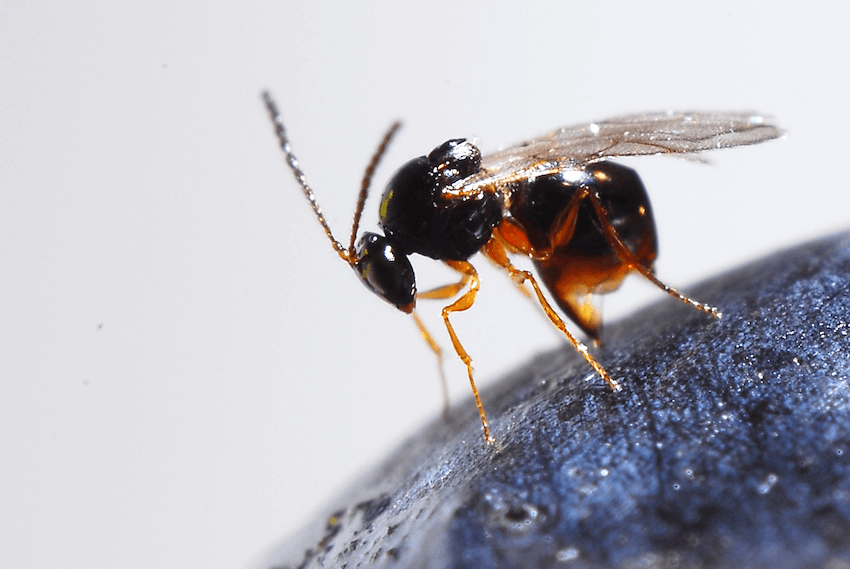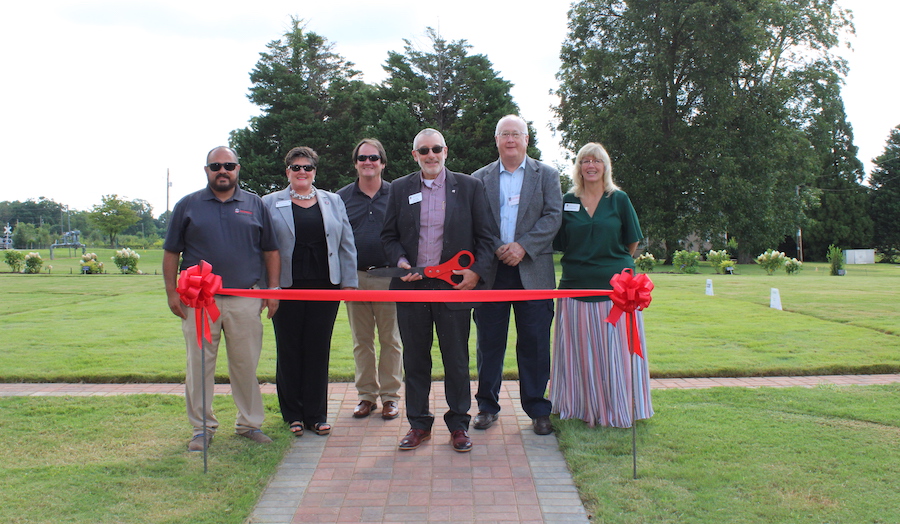 CAES News
CAES News
Irrigation Demonstration Site
The new irrigation demonstration site on the University of Georgia Griffin campus opened with a ribbon cutting ceremony to officially launch the site, which will be used for training, research and education on the latest irrigation technologies for industry professionals, homeowners and researchers.

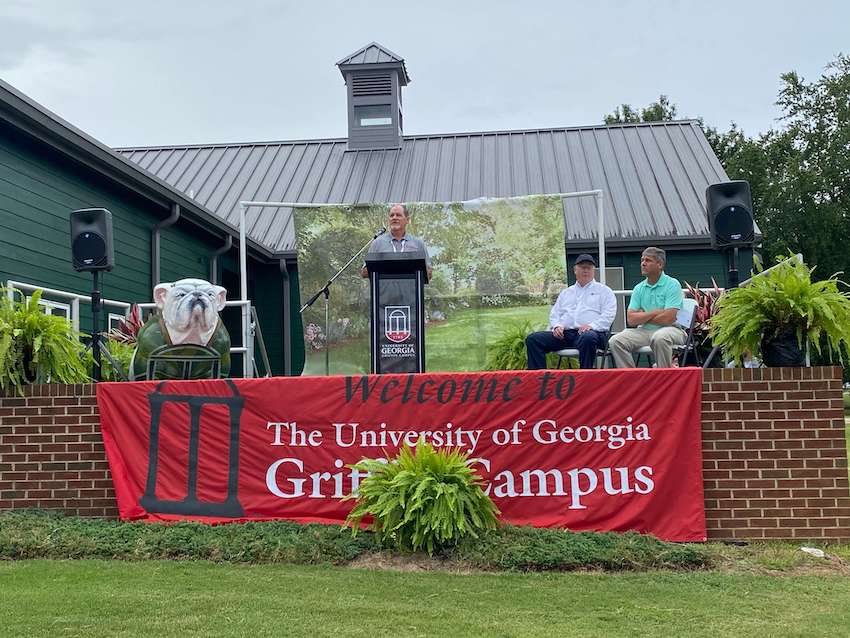
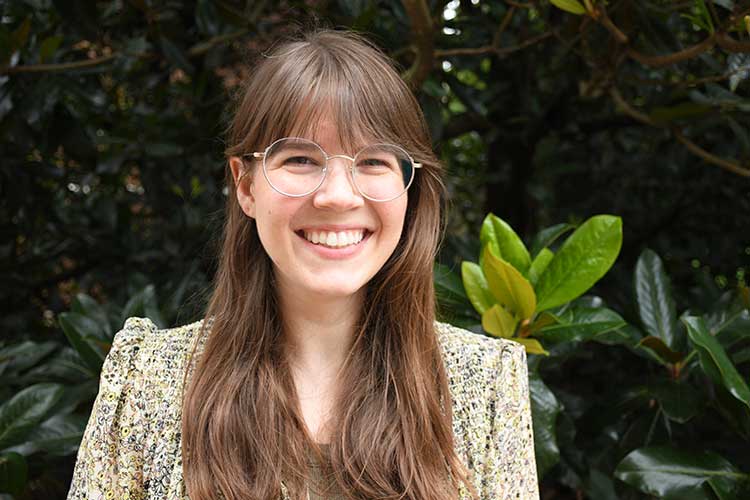
-(1).png)

.jpg)
